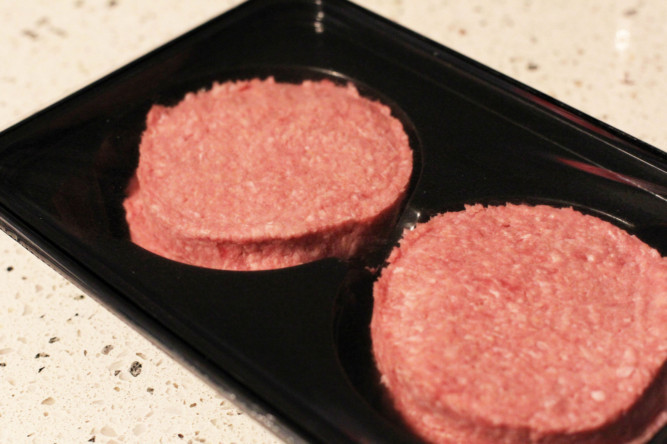Europe’s horsemeat scandal is “a matter of food fraud and not food safety”, the European Commission said after random checks showed less than 5% of tested beef contained positive horsemeat traces.
Random testing was ordered in February across the EU after consumer scares about horse in processed meat.
The first report into 4,144 DNA checks and 3,115 for the potentially dangerous horse drug known as bute phenylbutazone said only 193 samples contained positive traces of horsemeat, while 19, less than 1%, showed traces of bute.
EU Health and Consumer Commissioner Tonio Borg said in Brussels: “Today’s findings have confirmed that this is a matter of food fraud and not of food safety.
“Restoring the trust and confidence of European consumers and trading partners in our food chain following this fraudulent labelling scandal is now of vital importance, given that the food sector is the largest single economic sector in the EU.
“In the coming months, the commission will propose to strengthen the controls along the food chain in line with lessons learned.”
Labour leader in the European Parliament Glenis Willmott said Europe urgently needed new rules forcing origin labelling for meat in processed food.
She said: “It’s only this kind of regulation which will force manufacturers to get a grip on their supply chain. It’s shocking to see how widespread the horsemeat scandal is.”
She went on: “In 2011 the European Parliament supported my proposals for country-of-origin labelling for meat in processed foods but my plans were blocked by EU governments, including the UK.
“I insisted that this was a serious issue and obliged the European Commission to look into it and report back by the end of this year. I was always told that the supply chain for meat in processed foods was too complex to allow for labelling. Now we’ve seen what those complexities can hide.”
